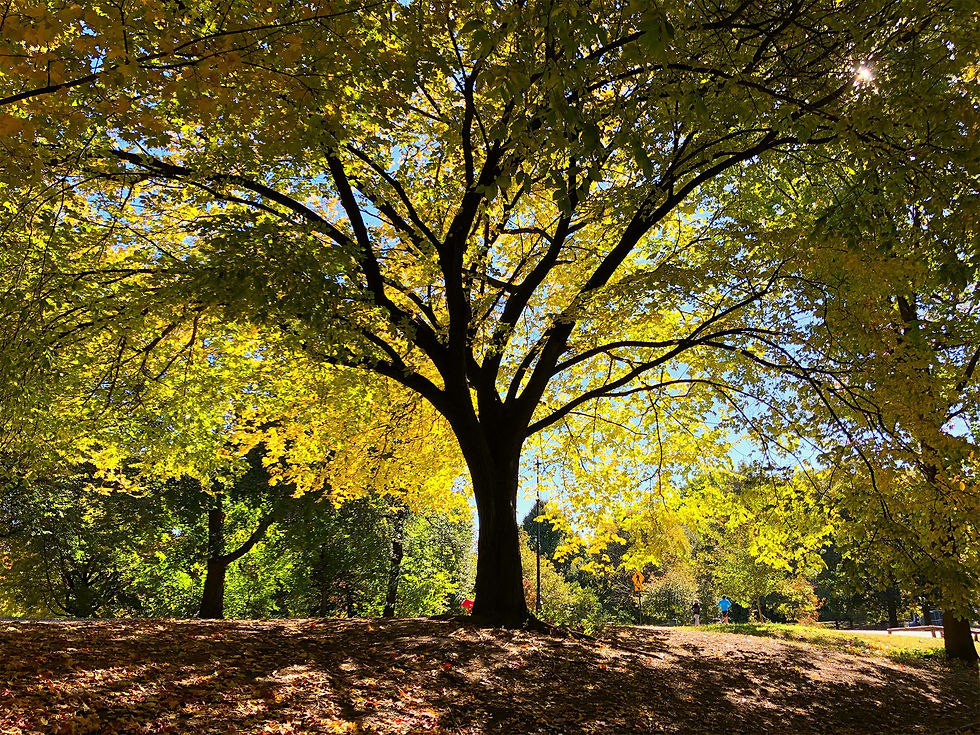
As we transition into autumn, thoughts turn to the traditional harvest festival, giving thanks for a successful crop yield over the year as winter starts to approach. The festival is also about being thankful for all the good and positive things in people's lives, such as family and friendships. We would like to give thanks to everyone who has supported and contributed to Nature’s Haven this year, especially our wonderful regular volunteers who put their heart and soul into everything they do.
Orchard Update

We have had an amazing start to our orchard, the weather has been kind to us and we haven’t had to water too heavily this summer. We have harvested cherries and apples galore. Our favourite apples are ‘Blue Moon’, the colour is sensational and tastes divine. Our lemons are growing well and we have small oranges – they are now inside in the main reception area of the community centre where they should happily over winter. Next year should prove even more bountiful with plums, pears, figs, mulberries and apricots to look forward to as well.
We have also planted some soft fruits including a thornless blackberry, tayberry, red and black currants, these are in addition to the strawberries, wild strawberries, raspberries we had already planted. Our grapevine wasn’t as successful this year sadly with only one bunch of grapes but goodness they were delicious.
Winter Planting
We thought we’d highlight some of the veg that you can still sow now to harvest over winter or get a head start in the new year:
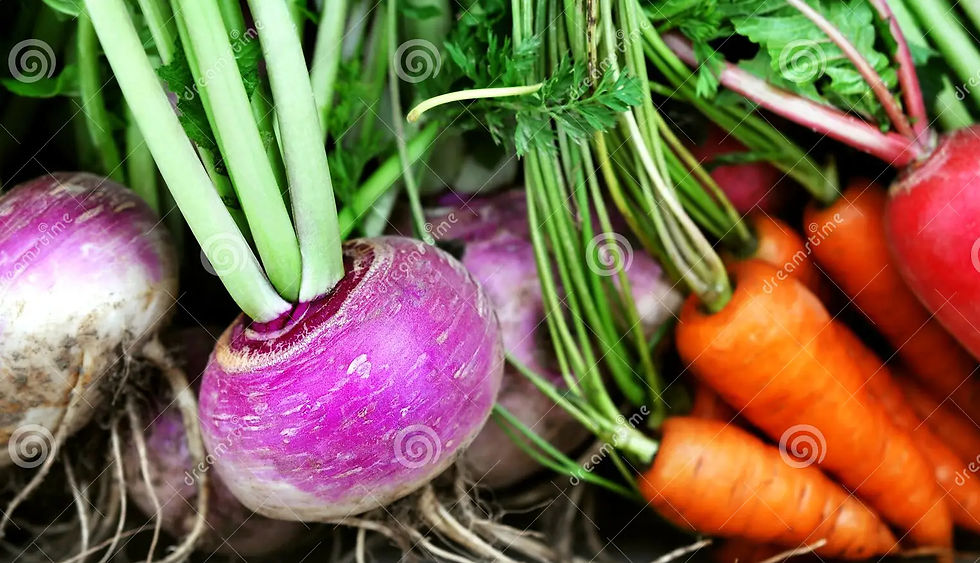
Spinach

Spinach will do well in autumn and even through winter. You cut what you need, and it grows again. It’ll continue to produce lovely young leaves. Just ensure to remove the flowers to stop it going to seed which would affect leaf production.
Kale

Kale is easy to grow and hardy, and good in low-light conditions. Sow in September under a cloche and like spinach will produce leaves throughout the winter months.
Radishes

A go-to choice for growing in autumn because of the extremely quick growing time: four weeks from planting! Plant in the ground and use a cloche or polytunnel to give them a consistent temperature and protection and watch them grow.
Carrots
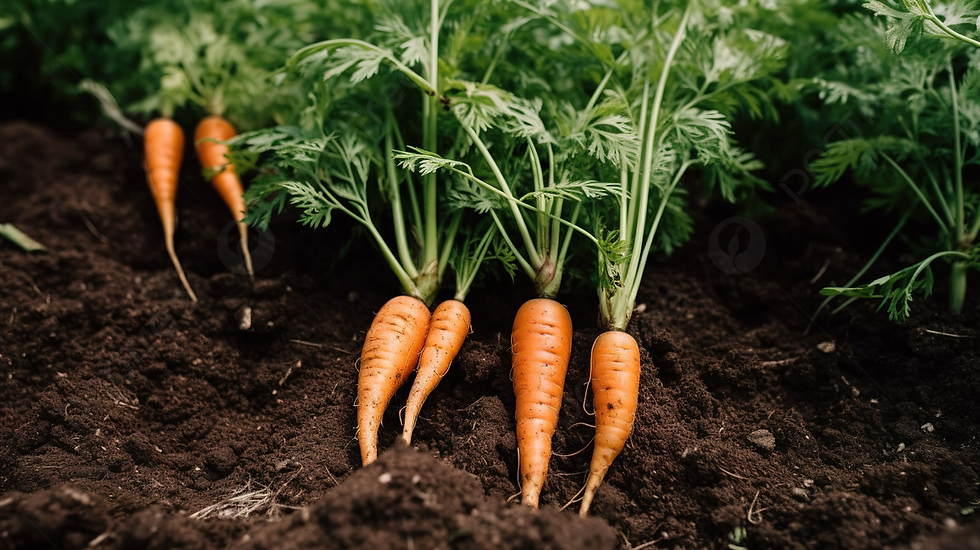
Carrots are quite hardy, and can tolerate colder temperatures, even frost to a point. However, you want them to be ready before that, so to get them to grow quickly you’ll want to ensure they’ve got a better growing environment, which could be done with a polytunnel or greenhouse. Plant as early as possible in the ground in autumn, keep them protected, the soil moist, and you’ll have a lovely harvest of fresh carrots to enjoy in the winter. There are certain varieties that grow faster than others too so opt for one of these to make things go a bit easier.
Spring Onions

Hardy varieties of Spring onion will grow well over the autumn months. They are quite a quick cropper, in about eight weeks, quick enough to grow a plentiful amount before winter. Grow under a cloche/polytunnel and you’re onto a winner. They’re also small enough to be planted as a filler crop amongst other autumn grown veg.
Turnips
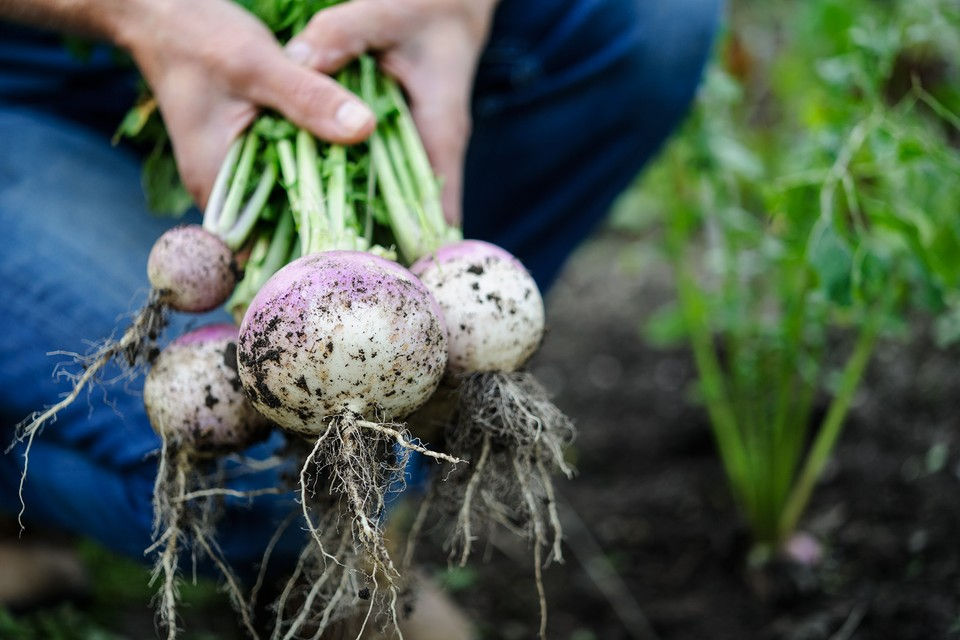
Turnips are another great choice for their ease of growing. They can be sown and planted in early autumn and be ready to be picked in winter. Sow in the ground and use a cloche/polytunnel to really help them along. Alternatively in a greenhouse and they’ll be ready before winter comes.
Second Cropping Potatoes

These are special varieties of seed potato which are cold stored until late summer to prevent their development. They are planned to be sold for planting in the late august/early September time for fast growth about 13 weeks later. They don’t usually need any chitting either. The ground should be warm enough for them to grow but you can also place a cloche/polytunnel over them to give them consistent temperatures. Or also in a greenhouse in grow bags.
Lettuce
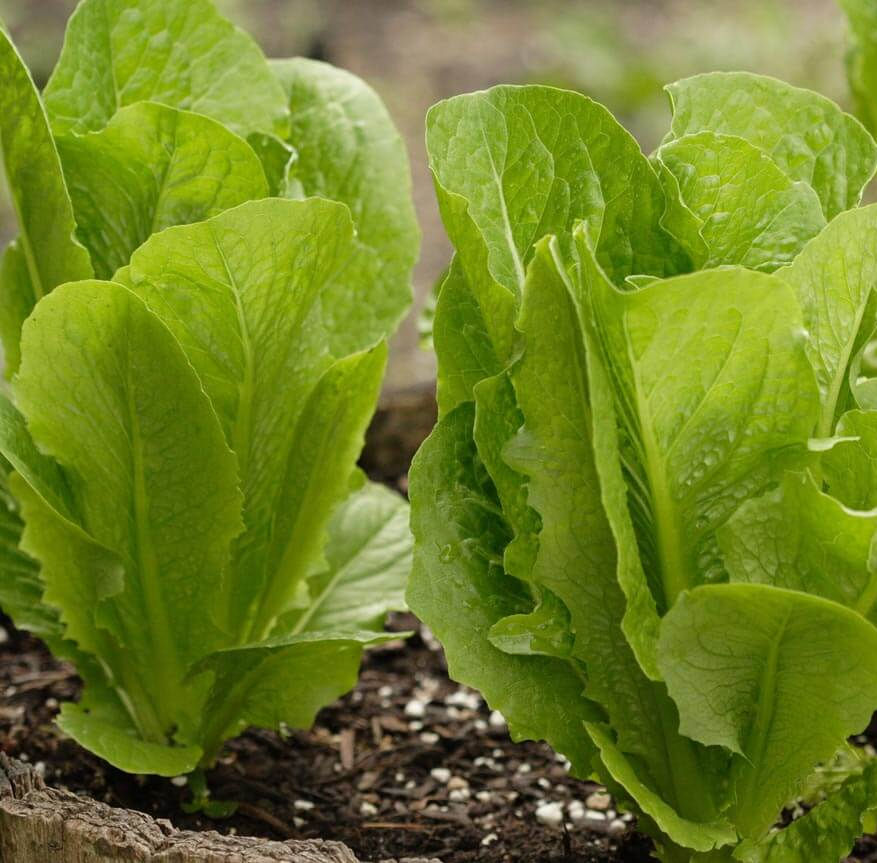
Lettuce will also do well in autumn inside a greenhouse or polytunnel. It’s similar to spinach in that you can just take some as soon as the leaves are big enough to eat, and it will go on for a while producing more and more leaves so long as the conditions are right for it. Don’t over pick though, the plant needs some to keep growing.
Autumn-planting onion and shallot sets can be planted in a well-drained, sunny position, up to the end of November too.
September Bee News
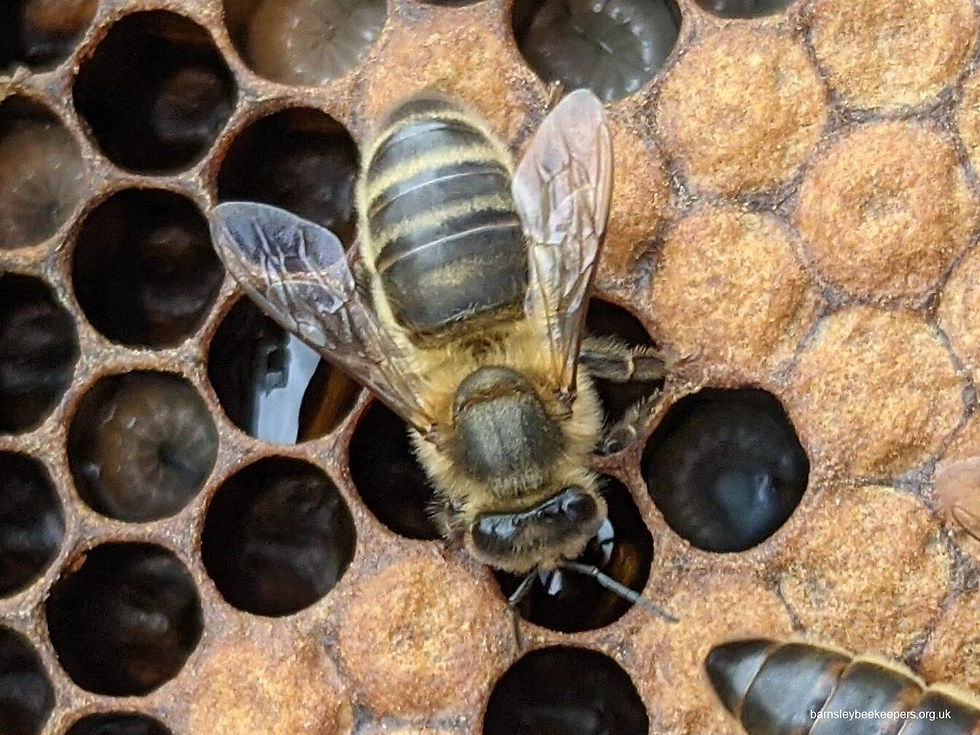
A new addition to our newsletter will be a Bee update from Michelle at Gather & Grow.
Two things you’re likely to see at this time of year are bumblebee queens and ivy bees.
Many bumblebee nests are coming to their end and there will be worker bees looking a bit old and tatty. With worker bees only living 4-6 weeks you can spot ragged wings and faded stripes as they come to the end of their lifespan. Successful queen bees will live much longer than this, up to a year and will look fresh and new in comparison to older workers. Ordinarily at this time of year they would be looking to feed themselves up for hibernation. However, more often we’re seeing queen bumbles setting up another nest over autumn and winter with the milder weather we are now having. So some of these queens (especially buff-tailed bumblebees) will be going through the process of looking for nesting locations, so it’s good to have a bit of untidy, undisturbed space in your garden for them.
We can’t go through September without mentioning the wonderful ivy bee (Colletes hederae). These are often mistaken for honeybees or even wasps, but they are slightly smaller and have a more consistent, distinctive striped abdomen. There was a wonderful aggregation of ivy bees nesting in Maidenhead thicket last year and I wouldn’t be surprised if they are there again this year. They don’t form one nest, but each bee is creating her own nest tunnels and cells separately, they just often do it in groups, assumedly for safety in numbers.
The season’s new ivy bees will emerge and be on the wing at the same sort of time ivy plants start flowering. Mating will be a major priority and if you’re lucky you might see a mating ball of lots of males trying to get to a female. The female will then dedicate herself to digging vertical tunnels (preferably in bare sandy soil) with branches off them to individual nest cells. The female lines these cells with a waterproof secretion, furnishes them with pollen, nectar and a single egg. After producing up to 20 of these cells, the female has fulfilled her life purpose and shortly after dies. These eggs will be the bees that emerge the following year to repeat the cycle.
Michelle H
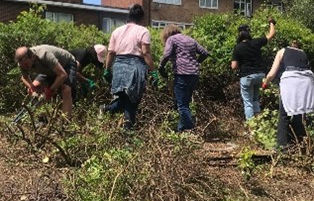
Reflecting on a busy summer, it wasn’t just the bees and insects buzzing in our garden...our volunteers have been super busy planting up all the plants from our RHS Show Allotment, watering the orchard to ensure our new tress settle in well, weeding, and clearing a new area for more veg beds to go in over winter ready for spring. We have been drying herbs and are now in seed collecting mode. If you want to learn more about seed collection Waltham Place are holding a free workshop. See below for more information.
Upcoming dates for you diaries:

Saturday 28th September 10 am–4 pm – Seed collecting @ Waltham Place Farm, White Waltham
__________________________
Tuesday 1st October – Nature’s Haven will be holding a ‘How to Make a winter Planter’ at Elizabeth House, Cookham
__________________________
Sunday 13th October – The Maidenhead Town Show, Maidenhead Town Centre
__________________________
Saturday 26th October 10-12 pm – ‘Halloween Fun’ workshop for kids at Nature’s Haven
__________________________


Comments